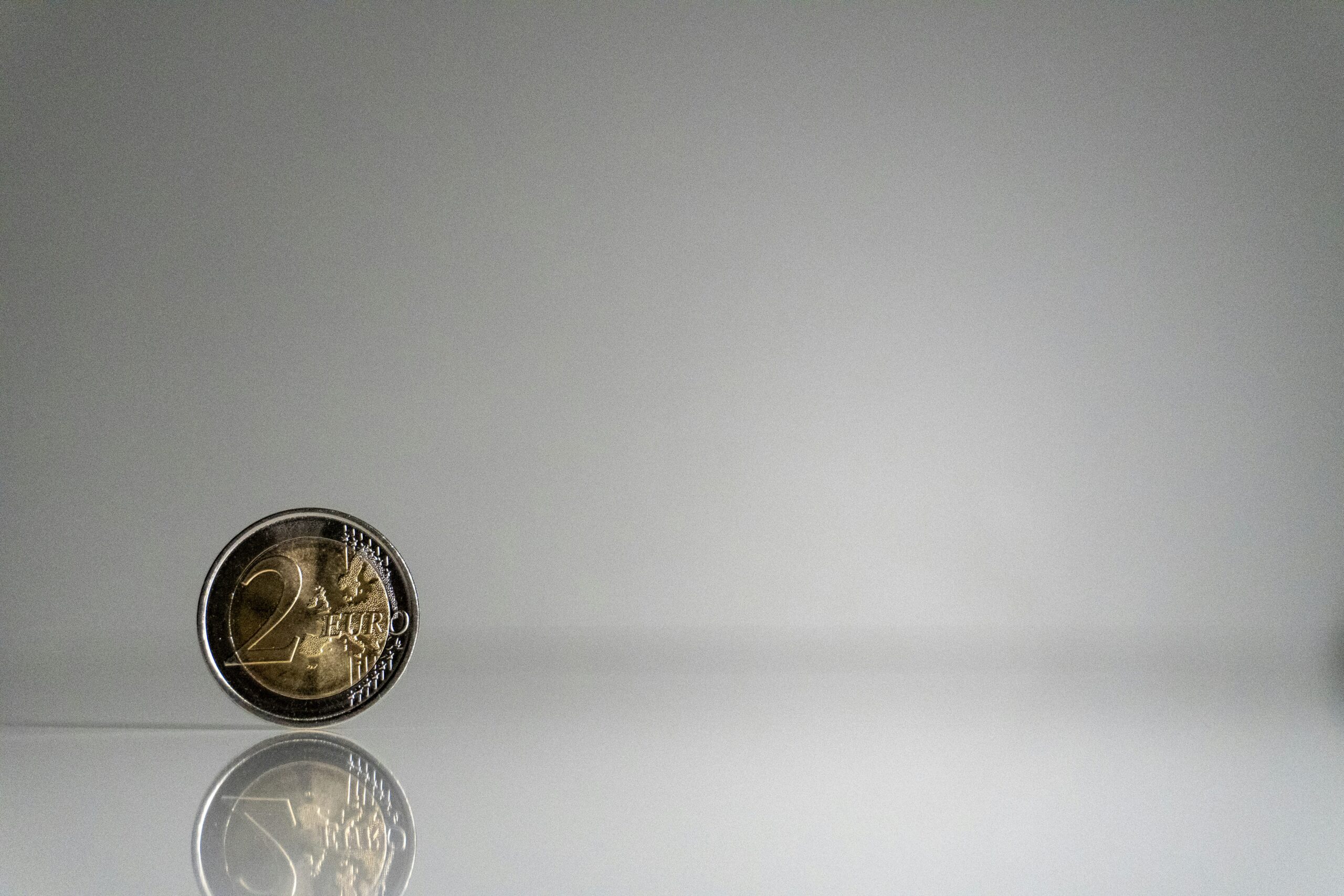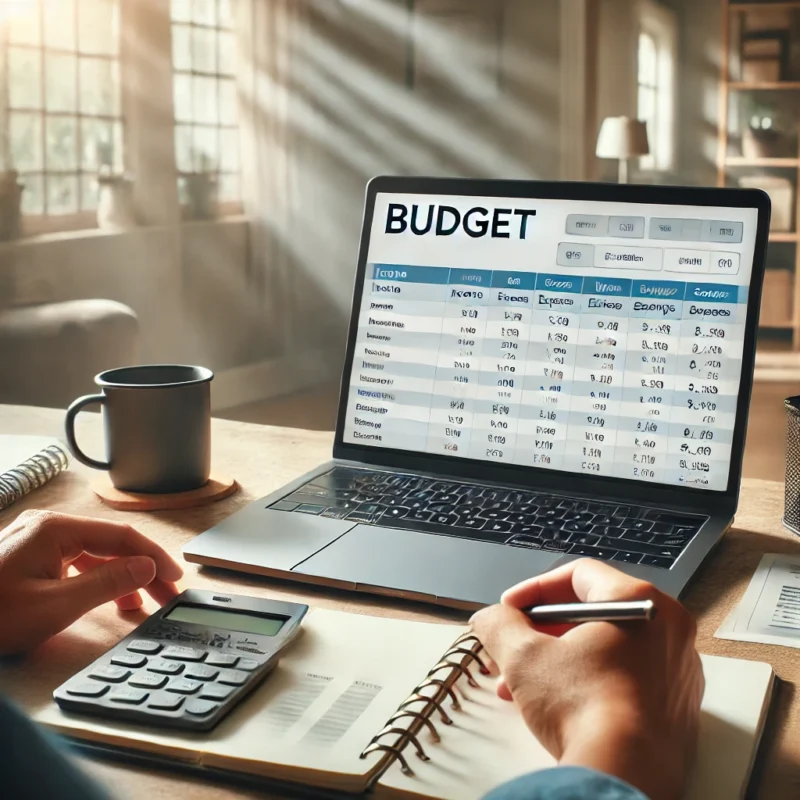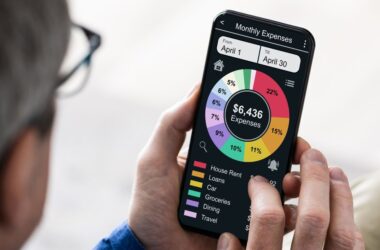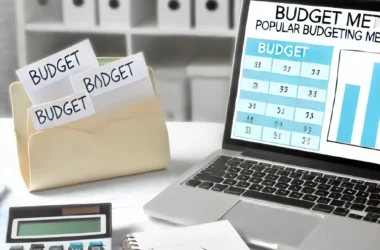Let’s face it—when you hear the word “budget,” it doesn’t always sound exciting. You might imagine restrictive spreadsheets, cutting out your favorite coffee runs, and constant worry over every penny. But here’s the truth: budgeting isn’t about restriction—it’s about freedom. Creating a budget empowers you to take control of your finances, making your money work for you, not the other way around.

Whether you’re just starting out on your financial journey or you’re looking to fine-tune your spending, this guide will show you how to create a budget that’s realistic, flexible, and effective. Let’s reframe how you think about budgeting and get you started on a path to financial peace of mind.
Why Your Perspective on Budgeting Matters
The way you think about budgeting will determine your success with it. Many people see budgets as restrictive, a way to suck the fun out of life and make them feel guilty about spending. Others view them as too complicated or time-consuming to stick with.
But here’s the reality: budgeting is empowering. When you create a budget, you’re not limiting yourself—you’re directing your money toward what truly matters to you. It’s like building a roadmap that leads you to your financial goals. And yes, that can include spending money on fun things! The key is balance, not sacrifice.
When you see budgeting as a tool for freedom rather than restriction, you’ll be more motivated to stick with it—and more likely to achieve the financial success you’re aiming for.
What Exactly is a Budget?
A budget is simply a written plan that tells you where your money is going each month. It’s not just about tracking expenses; it’s about aligning your spending with your values and goals. When you have a clear picture of where your money is going, you can make informed decisions about how to use it to your advantage.
The budgeting process includes:
- Identifying your priorities and goals—what are the things you really want to achieve financially?
- Creating a budget document—a breakdown of your estimated income and expenses.
- Tracking your actual spending—to see if you’re staying on track.
- Making adjustments—because life changes, and so should your budget.
Why Should You Budget?
Let’s break down the key benefits of budgeting:
- Control: A budget puts you in the driver’s seat, giving you the power to direct your money where you want it to go.
- Awareness: By seeing exactly where your money is going, you’ll be able to cut out wasteful spending.
- Confidence: Knowing that you can pay your bills, save for the future, and still enjoy life gives you peace of mind.
- Debt Reduction: Budgeting helps you free up extra money to pay down debt faster.
- Goal Achievement: Whether it’s saving for a big vacation, buying a home, or preparing for retirement, a budget helps you allocate money toward the things that matter most.
- Stress Reduction: With a clear plan in place, you won’t have to constantly worry about running out of money.
- Emergency Preparedness: A budget helps you set aside money for emergencies, so you’re better equipped to handle life’s unexpected events.
5 Simple Steps to Create and Use a Budget
Creating and using a budget doesn’t have to be overwhelming. Follow these five steps to build a budget that works for you.
Step 1: Estimate Your Monthly Income
The first step is figuring out how much money you bring in each month. Include all sources of income, such as paychecks, freelance or gig work, child support, and any other regular income streams. If your income fluctuates, estimate conservatively.
Example:
Income Source | Amount |
|---|---|
| Paycheck 1 | $1,500 |
| Paycheck 2 | $1,500 |
| Total Income | $3,000 |
Step 2: Identify and Estimate Your Monthly Expenses
Next, it’s time to look at where your money is going. Start by identifying your fixed expenses—things like rent, utilities, and insurance that stay the same every month. Then, estimate your variable expenses, like groceries, dining out, and entertainment, which can change from month to month.
Example:
| Expense Type | Amount |
|---|---|
| Fixed Expenses | |
| Rent | $1,400 |
| Cell phone | $100 |
| Car insurance | $200 |
| Variable Expenses | |
| Groceries | $400 |
| Eating out | $100 |
| Gas | $200 |
| Total Expenses | $2,700 |
Don’t forget to account for any annual expenses, like subscriptions or insurance premiums. Divide those by 12 and add them to your monthly budget so you’re not caught off guard when they’re due.
Step 3: Compare Income and Expenses, and Set Your Financial Goals
Now, compare your total income to your total expenses. In our example, the person has a surplus of $300 ($3,000 income minus $2,700 expenses). This is where the magic happens—you get to decide how to use that extra money!
This is the perfect time to think about your financial priorities and goals. Do you want to build an emergency fund, save for a vacation, or start investing for retirement? Decide how much of your surplus you’ll direct toward these goals each month.
Example:
| Goal | Amount |
|---|---|
| Emergency Fund | $100 |
| Retirement Investment | $200 |
| Total Savings/Investments | $300 |
If your expenses exceed your income, don’t worry. This is your opportunity to adjust your budget. Look for areas where you can cut back, like entertainment or dining out, or consider ways to increase your income.
Step 4: Track Your Spending
Once your budget is set, it’s time to track your spending throughout the month. This can be done with budgeting apps like Mint or YNAB, or you can keep it simple with a spreadsheet or even a notebook. The goal is to see if your actual spending aligns with your budget.
At the end of the month, review your spending. Did you stay on track? If you went over in certain categories, make adjustments for the next month. If you spent less than expected, consider redirecting that money toward your goals.
Step 5: Stick with It
Budgeting isn’t a one-time thing—it’s a habit. The more you practice, the better you’ll get at it. To make budgeting a part of your routine, consider the following tips:
- Set realistic goals that motivate you but aren’t impossible to achieve.
- Automate savings by setting up recurring transfers to your savings or investment accounts.
- Make budgeting easy by using tools and apps that fit your lifestyle.
- Adjust as needed. Your budget should evolve with your life—make tweaks when necessary.
Over time, budgeting becomes second nature. As you start seeing the results—whether it’s paying off debt, growing your savings, or reaching a financial goal—you’ll feel more empowered to stick with it.
Budgeting for Freedom, Not Restriction
Remember, budgeting isn’t about taking the fun out of life—it’s about gaining control of your money so you can live the life you truly want. When you budget, you’re giving yourself the freedom to make informed decisions, reduce financial stress, and reach your goals faster.
By following these five simple steps, you’ll create a budget that’s tailored to your unique situation and flexible enough to grow with you. Stick with it, make adjustments along the way, and enjoy the peace of mind that comes from knowing you’re in control of your financial future.
For more information check out our article about the guide where i explain more in depth a pathway to your finance freedom .








